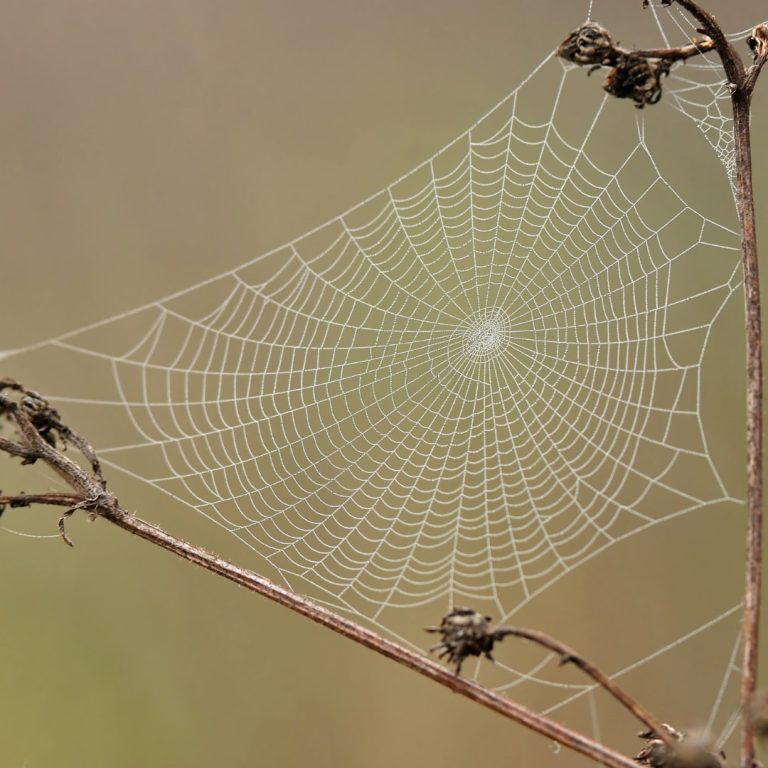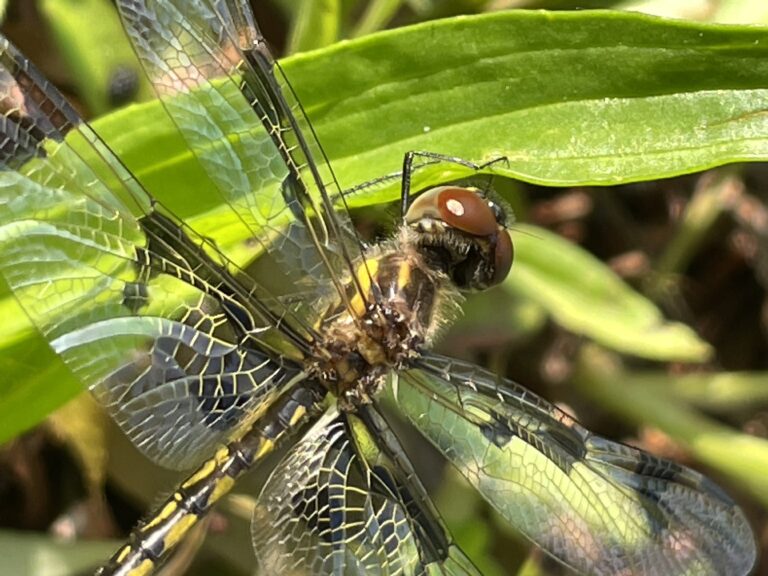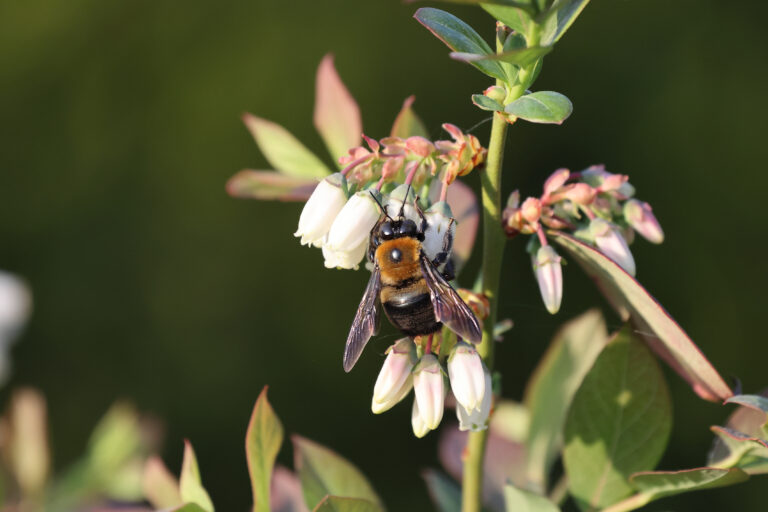Reading and Seeing Nature: E.O. Wilson’s Naturalist, to Christian Cooper’s It’s A Bird, and Beyond
Overview
50-70 mins.
Subjects
You will need:
Printed Paper maps
Digital map files
Online half-earth map
Reading and Seeing Nature: E.O. Wilson’s Naturalist, to Christian Cooper’s It’s A Bird, and Beyond
Learning Objectives
- Introduce students to the diversity of subjects, people, settings, and topics in nature and biodiversity conservation writing.
- Students will learn that they can focus on different species or groups of organisms to explore charismatic animals or species that appeal to them in some particular way.
- Caring about nature and biodiversity is not restricted to science, and there are important connections to history, ethics, language arts, art, social studies, and humanities.
- There are many ways to communicate your interest in nature.
Key Terms + Conditions
- Biography
- Nature writing
- Experiences in nature
- Diverse viewpoints
- Careers
Lesson Resources
Graphic Naturalist Lesson and Resources
- Graphic Naturalist – read, write, and draw
- Videochat with creators of the Graphic Naturalist
- Discussion with makers and teachers from Half-Earth Day 2020
- Full-length (50m) discussion with language arts and science teachers on Graphic Naturalist
Readings and Videochats with Diverse Authors
Drew Lanham – Reflections on the Orion Environmental Writer’s Workshop | The Home Place select passages
Robin Wall Kimmerer – Select passages | Lauret Savoy – What’s in a Name, place name activity
Katie Fallon – The Cerulean Warbler & Other Beautiful Birds (video) | Book excerpt
Peter Christie – Our Love of Pets and Love of Nature (video) | Sample chapter with discussion questions | Pet Food Consumption Dataplay
Ben Goldfarb – Short Author Talk (video) | Long Author Talk (video) | Sample chapter
Janisse Ray – Ecology of a Cracker Childhood, and the power of teachers (video) | 45-minute Chat (video)
Doug Tallamy – A Conversation with Doug Tallamy (video) | Doug Tallamy and Nature’s Best Hope (video) | Chapter sample | Discussion guide for chapter sample
Rachel Carson – Christy Morrissey talks about Silent Spring (video) | Christy Morrissey on saving farmland biodiversity (video) | Chapter 8 from Silent Spring
Aldo Leopold – Predators Keep Ecosystems Healthy lesson | Think Like a Mountain Essay
Top tips for Instructors
- Encourage all students to write AND draw. A gallery walk might be a good way for students to share their work.
- Have the whole class work on the Graphic Naturalist lessons and have them choose one of the other readings to do as homework, and then discuss in class.
- Have the students choose one of the videochats to watch for homework and report back to class the impression the author made on them.







